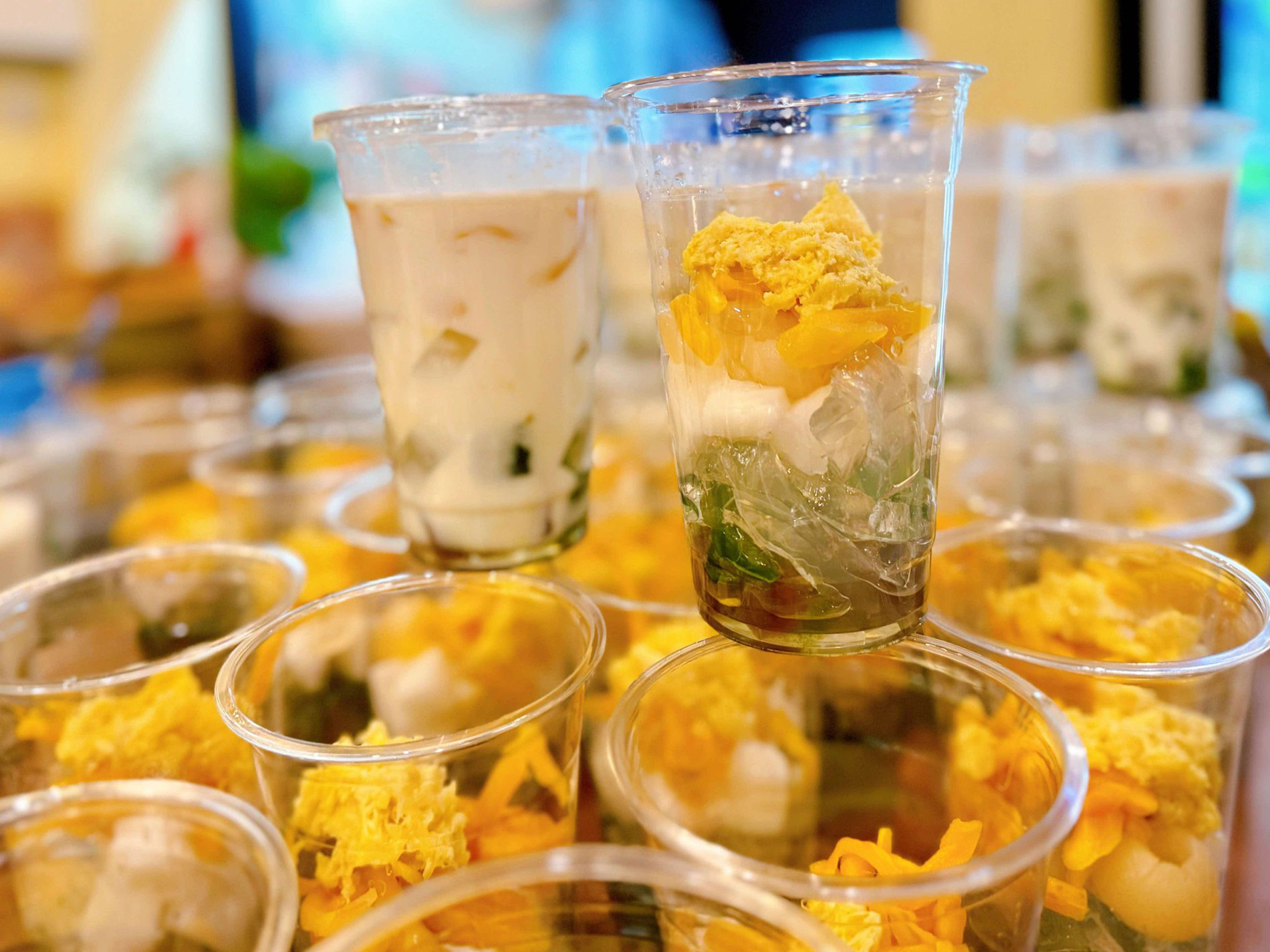
“I once tasted pho bo (beef noodle soup) and bun rieu (vermicelli and sour crab soup) in South Korea. When I tried xoikhuc (cake made of glutinous rice mixed with everlasting gnaphalium leaves), I can feel the diversity and attractive of Vietnamese cuisine,” said Kim Minji, an office worker in Gyeonggi-do.
Minji said she knows Vietnamese food via Quyen, a co-worker from Vietnam.
They often come to a familiar restaurant on Jeongwang-dong street in Siheung City, the place where Quyen can ease her homesickness and Minji can taste Vietnamese traditional dishes though she has never been to Vietnam.
The restaurant is run by Vu Thi Phuong, from Hai Phong City, Vietnam, and her family. It has been open for three years with a long menu of Vietnamese dishes.
Phuong told VietNamNet that she was touched when she saw that Vietnamese dishes were favored by South Koreans and expats in South Korea. Not only Vietnamese people, but Chinese, Thai and Indonesian expats living in the province visit there to enjoy Vietnamese food.
The dishes served are sourced from the northern part of Vietnam, especially the specialties of Hanoi and Hai Phong.
She noted that pho, bun (vermicelli), banh my (bread), bun (steamed rolled rice pancake) which are well known all over the world, and lesser known dishes such as xoi khuc and che (sweetened porridge (made of glutinous rice, bean…etc) have also become popular.

Phuong and her mother, Luu Thi But, 64, from Vietnam, cook and sell food at the restaurant.
But said she makes xoi khuc with ingredients imported from Vietnam, except sticky rice and pork fat which they buy in the locality. The secret lies in high-quality materials that create quality dishes.
But follows the original recipe when making xoi khuc, but she adjusts the seasoning to create attractive colors and flavors, and make it fit foreigners’ tastes.
“Fresh shredded coconut and coconut milk are added to the sticky rice, and pineapple leaves are added into the filling,” Phuong explained.
“I also make some adjustments with the proportion of ingredients to be sure that the dish is both delicious and reasonable in price,” she added.
She said that previously, she sold xoi khuc, and used 40 kilograms of sticky rice each day. On peak days, she sold 200 servings of xoi khuc. But now she sells a wide range of dishes.
Thao Trinh